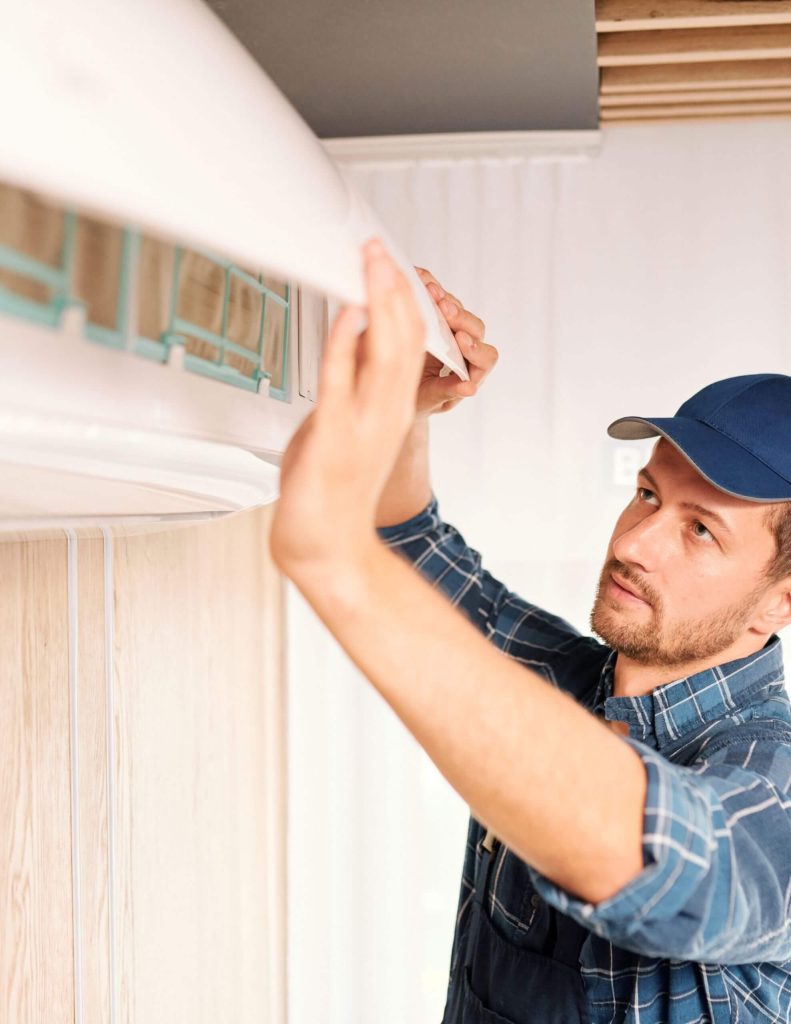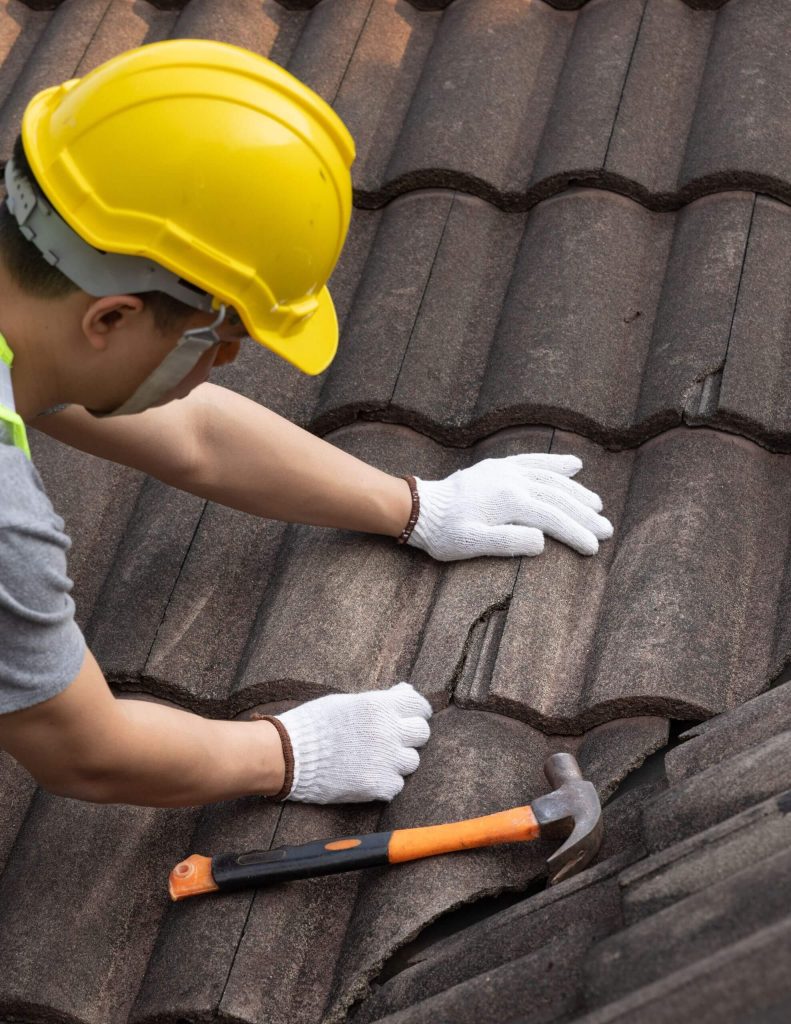Worried about frozen pipes, a furnace breakdown, or costly repairs catching you off guard this winter? You’re not alone. These are some of the most common headaches homeowners face when temperatures drop, and they can quickly turn into expensive emergencies if left unaddressed. The good news is that a little preparation can go a long way in protecting your home and your wallet.
Winterizing Your Home Warranty Coverage isn’t just about staying warm; it’s about safeguarding your plumbing, heating, and electrical systems from the harsh effects of freezing temperatures. Simple steps like insulating exposed pipes, sealing drafts around windows and doors, and servicing your heating system can prevent costly breakdowns when you need these systems the most.
With a dependable home warranty on your side, you gain an added layer of protection, ensuring that if a covered item fails, help is just a phone call away and you won’t be left facing hefty repair bills in the middle of winter.
More than 60 percent of homeowners have dealt with damage caused by winter weather. Still, some homeowners choose to take the risk instead of preparing their homes for winter. Nearly one in four, or 24 percent, said they would wait until repair costs reached between $251 and $500 before taking steps to winterize.
Why Winterizing Your Home Warranty Coverage Matters for Homeowners
In many parts of the country, winter is more than just a change in seasons; it is a test of how well your home can withstand extreme cold. States with harsh winters, where temperatures regularly plunge below freezing for weeks or even months at a time, put an enormous strain on plumbing, heating systems, and even everyday appliances.
Frozen pipes can burst and flood your home, furnaces can fail when you need them most, and electrical systems can falter under the increased demand for heat and light. Repairs in these conditions are not only expensive, but they can also be difficult to arrange quickly, especially when local service providers are already overwhelmed with emergency calls.
This is where having a home warranty becomes more than just a convenience; it is an essential safeguard. A well-structured warranty plan can cover the critical systems and appliances that keep your home safe and livable, from your furnace and boiler to your water heater and essential electrical components. In regions with brutal winters, this coverage is invaluable because it means that when something goes wrong, you are not left scrambling for help or facing a massive, unexpected repair bill.
Instead, you have the peace of mind that your warranty provider can connect you to qualified technicians who can get your home back to normal quickly, even in the middle of a snowstorm. For homeowners in cold-weather states, pairing proactive winterization with the right warranty plan is one of the smartest steps you can take to protect your home and your budget.
Winterization and Your Home Warranty Coverage
When winter arrives, your home’s essential systems are put under significant strain, working harder to keep your space warm, your water flowing, and your appliances running efficiently. A well-structured home warranty can make all the difference by covering many of the costly repairs that often arise during the colder months. Here is a detailed look at the types of coverage you might find in your home warranty plan:
- Heating Systems – Most home warranties include protection for furnaces, boilers, and heat pumps, which are critical for maintaining a comfortable indoor temperature. This may cover repairs for broken heating elements, blower motors, or thermostat malfunctions, and in some cases, replacement if the unit cannot be repaired.
- Plumbing – Coverage often includes repairing or replacing pipes that fail due to normal wear and tear, as well as fixing leaks in exposed or interior plumbing lines. Many plans also include water heater coverage, which is essential in winter when hot water demands are higher and the risk of component failure increases.
- Electrical Components – A home warranty may cover electrical parts that power your heating systems, such as wiring, circuit boards, switches, and control panels. This ensures that an electrical fault will not leave you without heat during sub-zero temperatures.
- Major Appliances – Some plans extend coverage to appliances that can be affected by cold weather or heavier seasonal use, such as refrigerators, washers, and dryers. For example, a refrigerator working harder in a cold kitchen or a washer in an unheated laundry room may experience seasonal wear.
By reviewing your home warranty plan before the cold weather sets in, you can ensure you know exactly what is covered and make proactive maintenance decisions. This knowledge, combined with proper winterization, creates a strong line of defense against the most common winter-related home issues.

What Your Warranty Usually Doesn’t Cover
A home warranty can be a great safety net in the winter, but it is not a catch-all solution. Knowing what is not covered in your home warranty plan is just as important as knowing what is. Most home warranties do not cover damage caused by neglect or lack of proper maintenance. For example, if you skip insulating exposed pipes, fail to drain outdoor water lines, or ignore annual furnace servicing, your claim could be denied if these oversights lead to a breakdown. Pre-existing conditions, which are issues that existed before your plan started, are also excluded. This means it is important to address any known problems before your coverage begins.
Additionally, home warranties usually will not pay for structural damage caused by extreme weather, such as a roof collapse from heavy snow, siding damage from ice storms, or foundation cracks from frost heave. Outdoor and detached structures, including garages, sheds, exterior plumbing lines, and sprinkler systems, are typically not included in standard coverage. This means homeowners need to winterize these areas themselves by sealing gaps, protecting pipes, and clearing snow buildup to prevent damage.
Understanding these exclusions can help you create a complete winterization plan. By combining the right preventive steps with the coverage your warranty provides, you can better protect your home and avoid unpleasant surprises when you need repairs the most.
How to Maximize Your Warranty in Winter
Making the most of your home warranty during the winter starts with preparation and smart maintenance. Begin by scheduling preventive maintenance for your heating system, water heater, and other covered items before cold weather sets in. Not only does this keep your home running efficiently, but it also creates a maintenance record that can support your claim if something breaks down.
Review your warranty plan so you know exactly which systems and appliances are covered, the service call fees, and how to request repairs. Keep detailed records of all maintenance, including receipts, technician reports, and photos, to help avoid claim disputes. If an issue arises, report it promptly to your warranty provider to prevent further damage and speed up service.
Finally, take extra steps to protect areas not covered by your plan, such as insulating exposed pipes or sealing drafts, so you reduce the risk of costly damage that your warranty may not cover. By combining proactive care with an understanding of your coverage, you can ensure your warranty works its hardest for you during the harshest months of the year.

Conclusion
Winter can be one of the toughest seasons for homeowners, placing extra strain on heating systems, plumbing, electrical components, and appliances. Without the right preparation, even a small issue can quickly turn into an expensive and stressful emergency. By taking the time to properly winterize your home, such as insulating pipes, sealing drafts, scheduling heating system maintenance, and checking appliances for seasonal readiness, you can greatly reduce the risk of breakdowns during the coldest months.
A home warranty adds an important extra layer of protection to these efforts. With a well-chosen home warranty, you not only reduce the financial impact of unexpected repairs but also gain access to qualified service technicians when you need them most. If your furnace stops working in the middle of a snowstorm or your water heater fails on a freezing morning, your home warranty can help ensure that repairs are handled quickly and professionally without the burden of a large out-of-pocket expense.
To get the most out of your home warranty, it is essential to understand exactly what is covered, know its exclusions, and follow a regular maintenance routine. Combining a proactive winterization plan with comprehensive home warranty coverage allows you to face the season with confidence, knowing your home, comfort, and budget are protected no matter how cold it gets outside.
0 Comments